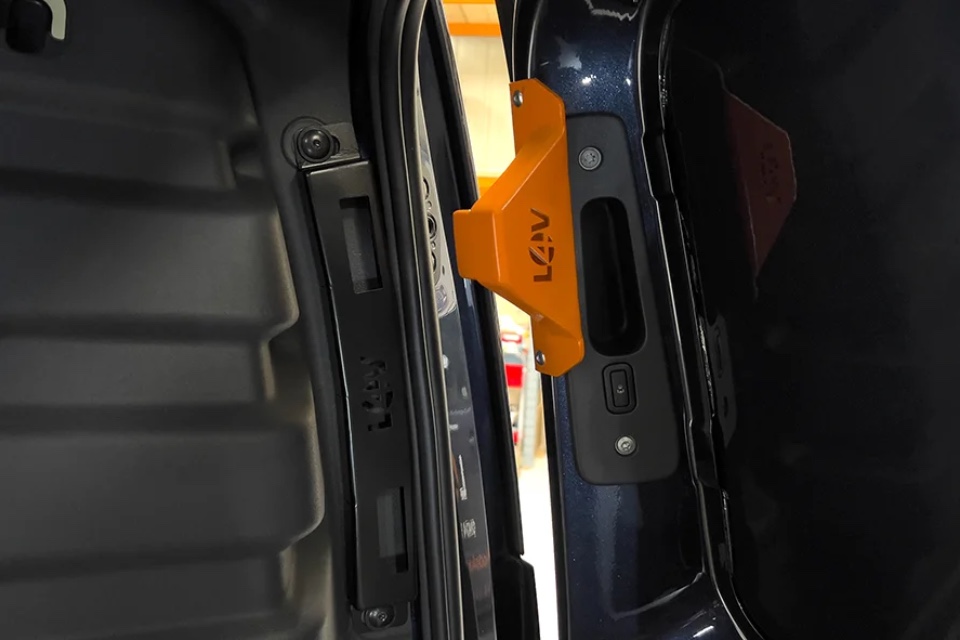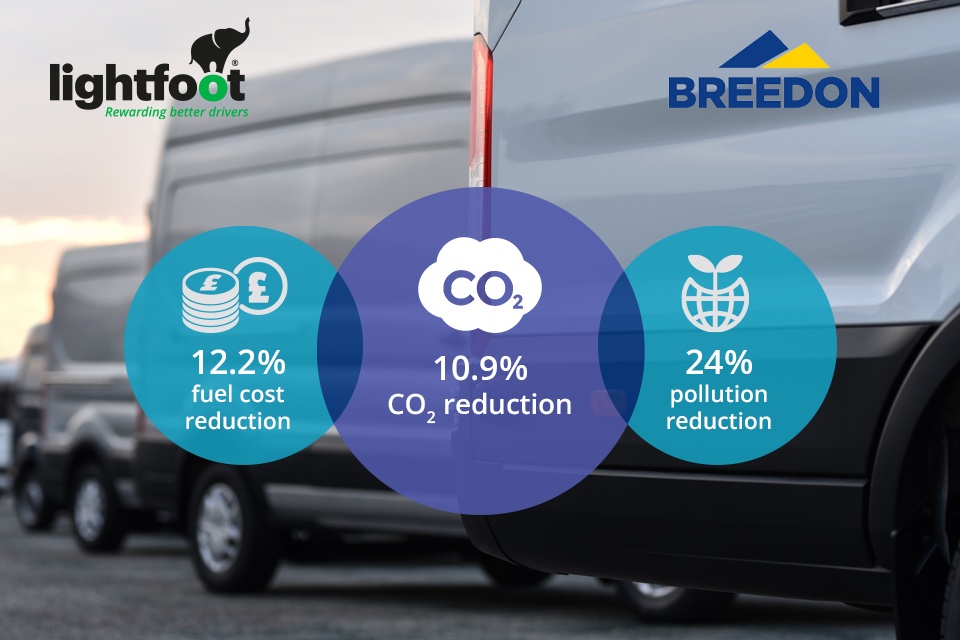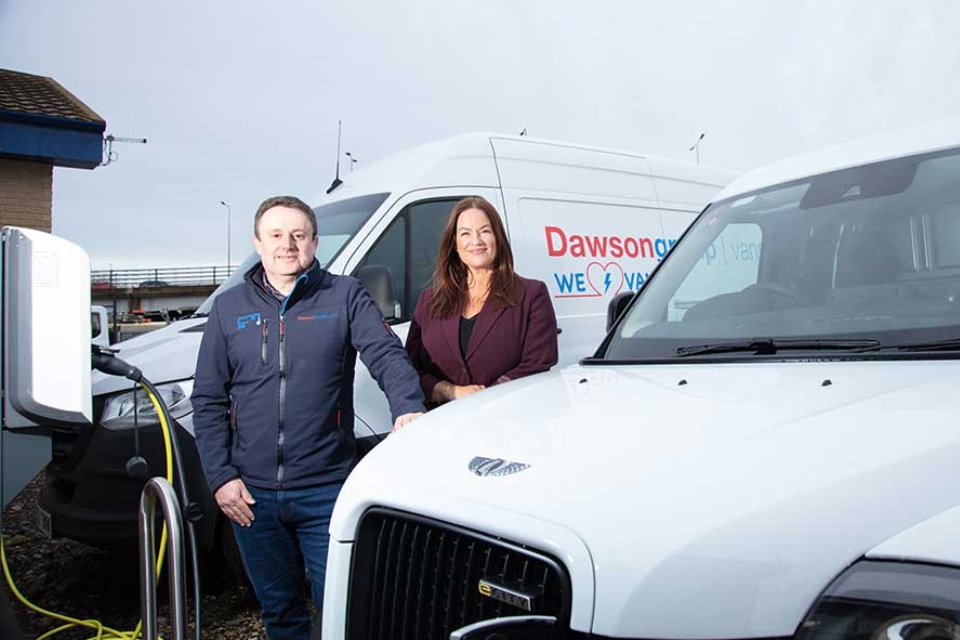VIDEO: Locks 4 Vans unveils security range for the Volkswagen ID. Buzz EV
https://fleetservicessummit.co.uk/wp-content/uploads/2023/03/Volkswagen-ID-Buzz-Anti-Peel-Kit-640-7bae47f6.jpg 960 640 Stuart O'Brien Stuart O'Brien https://secure.gravatar.com/avatar/81af0597d5c9bfe2231f1397b411745a?s=96&d=mm&r=gLight commercial vehicle aftermarket security specialist Locks 4 Vans (LV4) has taken the wraps off it’s latest project: a range of bespoke products for the ‘van of the moment’, the Volkswagen ID. Buzz.
We were lucky enough to have a closer look at this new EV and get hands-on with the product at L4V’s Innovation Centre, which showcases myriad opportunities to upgrade vehicle security against the latest attack methods.
Terry Rayner, Commercial Director at Locks 4 Vans, explained: “We worked through several challenges during the development journey. Due to the composite materials used for electric vans, we needed to adjust how we fitted our solutions in terms of location and bracketry so that we didn’t compromise functionality. The team were also conscious to ensure that the finished design of our products were sympathetic to the visual ‘look and feel’ of the van’s iconic style.”
The result is a blend of solutions that work together to provide the optimum security upgrade with an impressive aesthetic.
On the rear of the van, L4V designed a hook locking solution for the tailgate doors, as well as a protective window shield due to the glazed rear window on the tailgate model. To complete the security range, L4V designed a custom-made anti-peel kit for the ID. Buzz which it says dramatically reduces the risk of the growing ‘peel and steal’ attack method on side loading doors.
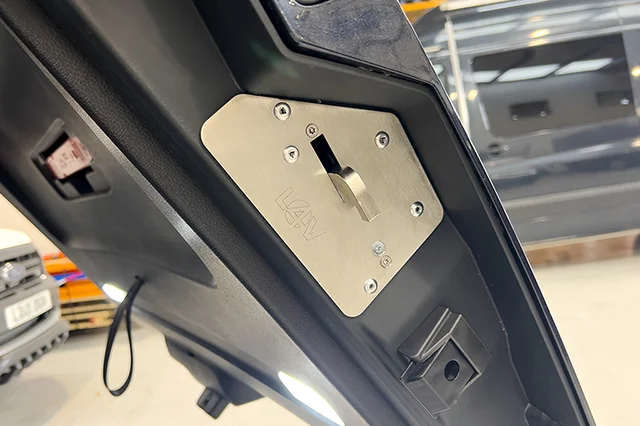
Rayner added: “The team here at L4V are continually pushing boundaries to ensure that the application of our security solutions move with the next generation of vehicle. This is a great example of where our products are fresh, current and relevant, and by being first to market we demonstrate once again why we are first choice in the industry.”
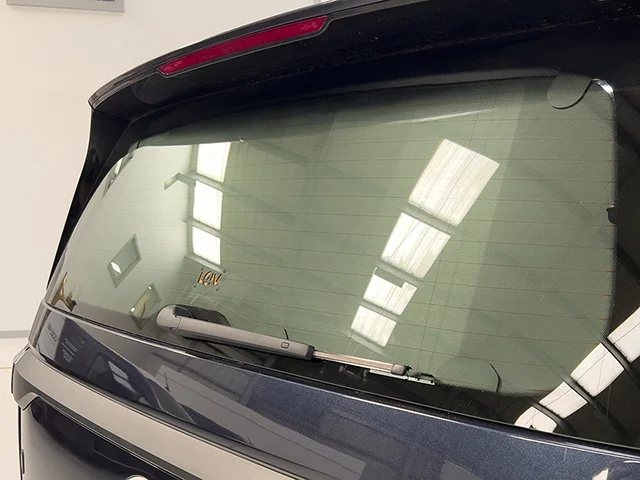
L4V recently invested £2.5million to extend its capabilities further, with the ID. Buzz products the latest of many in the Innovation Centre roadmap. Check out the video below:-

